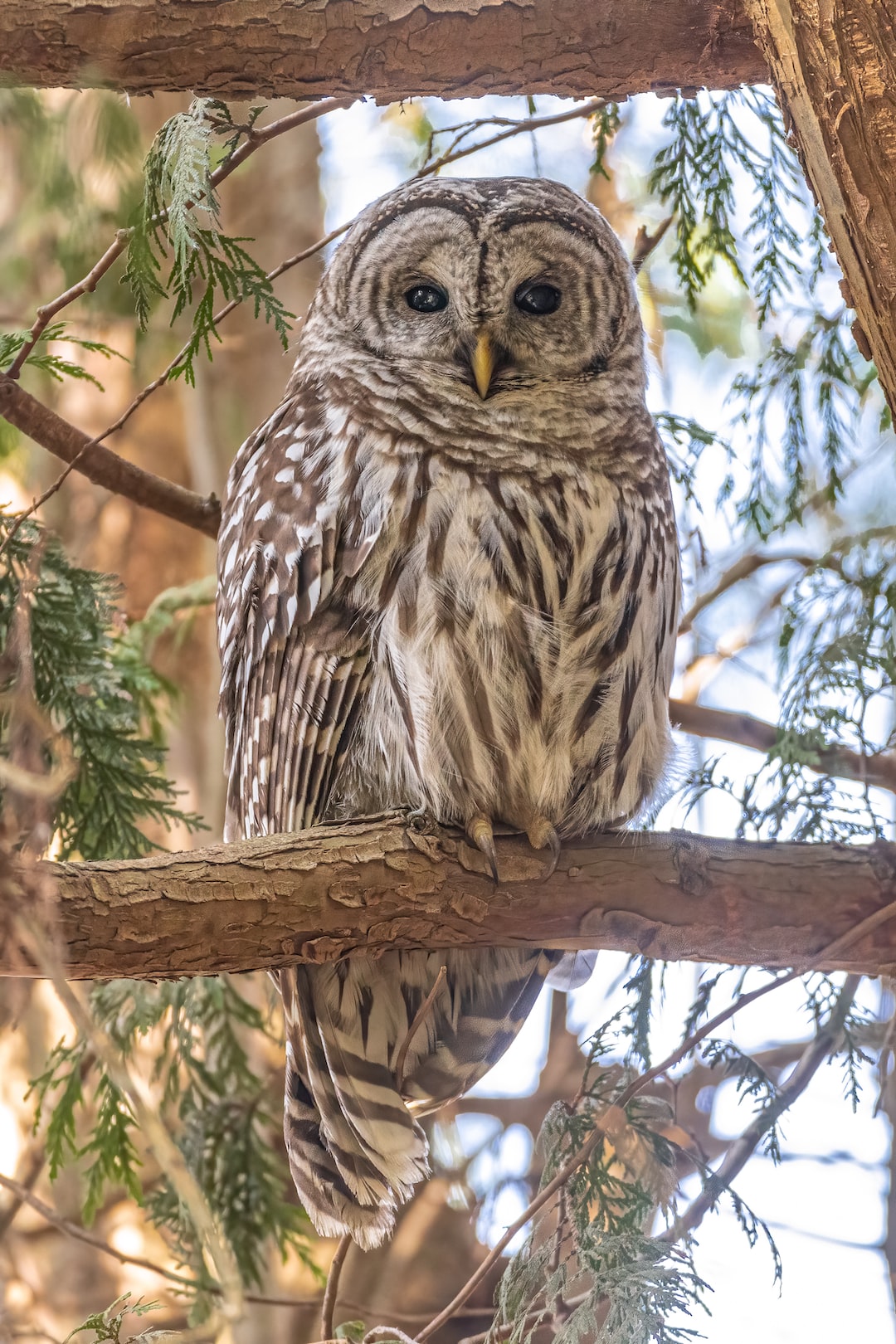How Animals Communicate: Beyond Verbal Language
Communication is an essential aspect of life, allowing individuals to convey thoughts, emotions, and intentions. While humans primarily rely on verbal language to communicate, many other species have developed unique ways to express themselves. From intricate dances to chemical secretions, animals have evolved diverse methods of communication. In this blog post, we will explore the fascinating world of non-verbal animal communication.
One common non-verbal communication method among animals is body language. Just like humans, animals use their bodies to convey emotions and establish social hierarchies. For example, a dog wagging its tail is often a sign of happiness, while a raised tail in a cat signifies aggression. Similarly, birds use their postures and movements to communicate with one another. The courtship dance of a peacock, with its elaborate display of feathers, communicates the male’s availability and genetic fitness to potential mates.
Some animals take this concept a step further and use specific body parts to communicate. Take the famous cuttlefish, for instance. It can rapidly change the color, pattern, and texture of its skin to blend with its surroundings, attract a mate, or intimidate rivals. Similarly, the whiptail lizard can perform “push-ups” to communicate territorial dominance. These actions indicate their strength and discourage intruders from entering their territory.
Another notable form of non-verbal communication among animals is vocalizations. While different species have distinct vocalizations, they often convey similar messages. Some animals use vocalizations to alert other members of their group to potential dangers. For example, meerkats emit specific calls to warn others about predators spotted in the vicinity.
Additionally, animals use vocalizations for mate attraction and courtship. Birds are known for their incredibly diverse and complex songs, which vary across species and even among individuals. These songs not only advertise the male’s availability and fitness to females but also establish territory boundaries.
Beyond body language and vocalizations, animals also communicate through chemical signals. One of the most well-known examples is pheromones – chemical substances released by animals to influence the behavior or physiology of others of the same species. Pheromones play a crucial role in the identification of individuals, marking territories, and attracting mates.
Insects are particularly skilled in using pheromones for communication. Ants, for example, lay down trails of pheromones to guide fellow workers to food sources. Bees use intricate dance movements combined with the release of specific pheromones to communicate the location of food sources to their hive mates. These complex chemical signals ensure the efficient functioning of the colony and the survival of the species.
Interestingly, some animals also use visual displays to communicate. The firefly, for instance, creates flashes of light to attract mates during the breeding season. The rapid and synchronized flashing patterns help them to locate and identify potential partners. Male fireflies may even synchronize their flashing with other males to increase their visibility, creating a mesmerizing spectacle.
Animals have also been observed engaging in cooperative communication, where they combine various non-verbal methods to achieve a common goal. For example, a group of dolphins may work together to create a “net” of bubbles to trap fish, a behavior known as bubble net feeding. This communication strategy allows them to capture prey more effectively by coordinating their movements and timing.
Overall, animals possess a wide range of non-verbal communication techniques, each adapted to their specific needs and environments. While humans have developed complex verbal languages, animals have found alternative ways to express themselves and establish social bonds. These non-verbal forms of communication provide insight into the fascinating ways in which animals interact and navigate their environments.
Studying animal communication not only deepens our understanding of the natural world but also sheds light on our own communication capabilities. By recognizing the intricacies of non-verbal communication in animals, we can develop a greater appreciation for the diversity of life on our planet and learn valuable lessons about effective communication and social interaction.

